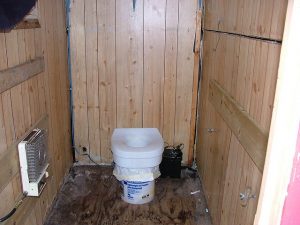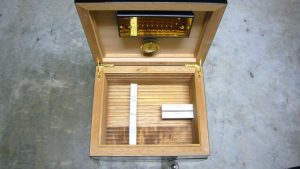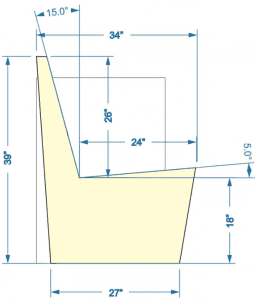Tents have taken many forms across cultures and centuries, but few have stood the test of time like the yurt. Originally designed by nomadic tribes in Central Asia, the yurt is a circular, semi-permanent structure combining portability and stability. Today, yurts are enjoying a resurgence among DIY enthusiasts, off-gridders, and eco-conscious homeowners. If you’re looking for a durable, cozy, and customizable structure to live in, camp with, or use as a backyard retreat, this complete guide on making a yurt is for you.
🏕️ What Is a Yurt?
A yurt (also called a ger in Mongolia) is a portable, round tent traditionally made of a wooden lattice wall, roof poles (rafters), a compression ring, and a fabric covering. Yurts have been used by Mongolian nomads for thousands of years, offering a lightweight shelter that can withstand cold weather and strong winds.
In modern adaptations, yurts range in size from compact 10-foot models to large 33-foot structures with interior walls, sleeping lofts, kitchens, and even plumbing. While they’re often categorized as temporary shelters, a well-built yurt on a wooden platform can serve as a full-time home.
🔥 History: From Genghis Khan to Modern Glamping
Yurts have long been associated with power and mobility. Genghis Khan famously had a yurt mounted onto a massive ox-drawn cart—a mobile throne room of sorts. These luxury yurts, known as kibitkas, were reserved for tribal leaders.
Fast forward to today: yurts are making a comeback thanks to minimalist living trends, the tiny home movement, and an overall desire to reconnect with nature. Whether you’re a prepper, homesteader, or weekend glamper, a DIY yurt offers flexibility, comfort, and style.
📏 Planning Your Yurt Build
1. Purpose & Size: Are you building a yoga studio? A guest house? A full-time tiny home? Determine how you’ll use your yurt before choosing its size. A 16 yurt is ideal for two people with a small wood stove. For families or longer-term use, consider going 20’+.
2. Building Codes & Zoning: Check local codes before building. Some areas treat yurts as permanent dwellings; others may restrict them. Permits are usually required for large platforms or long-term use.
3. Budget A DIY yurt can range from $3,000 to $10,000, depending on materials and size. Kits are available, but building from scratch saves money.
🧰 Materials and Tools You’ll Need
Tools:
- Cordless Drill (DEWALT 20V)
- Jigsaw or circular saw
- Measuring tape, level, and clamps
- Staple gun (Arrow T50 Heavy Duty)
- Wood chisel, hammer
Materials:
- 1×2″ wood for lattice (poplar or pine)
- Plywood or OSB for flooring
- Galvanized steel cable
- 2×6 lumber for platform framing
- Felt insulation, canvas, or vinyl
- Compression ring material (plywood or metal)
- Bolts, screws, washers, staples
🪵 Step-by-Step Instructions
🪚 Step 1: Build the Platform Base
A strong foundation ensures your yurt is level, insulated, and dry.
- Clear and level your site.
- Lay pallets or build a circular wooden frame.
- Add a plywood subfloor and secure with screws.
- Optional: Insulate between the joists using foam boards.
📎 Related: Best Plywood for Subfloors
🧩 Step 2: Create the Lattice Wall
- Cut 1×2″ strips to 8′. Drill holes 12″ apart for bolts.
- Lay out lattice pieces at a 45-degree angle.
- Connect with 1/4″ bolts and locknuts. Use a pre-drilled strip as a template.
- Set up the lattice in a circle, and attach ends to the door frame.
- Wrap a steel cable or rope around the top for support.
🛒 Recommended: 1/4″ Bolts with Nylon Locknuts
🚪 Step 3: Install the Door Frame
This provides structural support and access.
- Build a rectangular frame from 2x4s or install a prehung door.
- Bolt the lattice ends securely to the door frame.
🔘 Step 4: Build the Compression Ring
- Laminate 3 pieces of 3/4″ plywood.
- Cut a circle 12–24″ wide.
- Drill rafter holes spaced evenly, angled at 15–20°.
📎 Tip: Use a bicycle rim as an alternative ring for small yurts.
🪜 Step 5: Cut and Install Rafters
- Use 2x2s or 2x4s cut to the correct length (use Pythagorean theorem or measure manually).
- Add a tenon on one end to fit into the ring.
- Drill a hole on the opposite end to loop the rope around the lattice tip.
📎 See also: How to Use the Pythagorean Theorem for DIY Projects
🧥 Step 6: Covering the Yurt
Inner Layers
- Use 1–3 layers of felt for insulation.
- Secure with twine or clamps around the lattice.
Outer Canvas
- Use 8 oz. waterproof canvas or vinyl.
- Hem edges, add grommets.
- Wrap around the lattice and tie securely.
Roof Cover
- Cut 12 oz. of canvas into wedge shapes.
- Sew into a circle slightly larger than the roof span.
- Pull tight over rafters, trim and sew overlapping flaps.
🛒 Recommended: Waterproof Canvas Fabric 12 oz.
🪑 Optional Upgrades
- Skylight dome (clear acrylic)
- Wood stove with chimney jack
- Solar lighting
- Loft bed frame
- Partition walls with 2×3 framing
📎 Related: How to Build Plywood Furniture for Small Spaces
🛠️ Maintenance and Longevity
Yurts are durable, but regular maintenance helps them last for decades. Reapply waterproofing spray to your outer canvas every 1–2 years. Check the tension on the support cable seasonally, especially after storms. Keep snow loads minimal in winter by brushing off buildup with a soft broom.
If you store your yurt for the season, make sure all fabrics are completely dry to prevent mold. Fold and store canvas in a breathable bag, and store wood components in a dry location. Minor rips or wear spots can be patched using canvas repair tape or sewn with waxed thread.
📸 Yurt Interior Design Ideas
- Rustic Vibes: Use reclaimed wood, lantern-style lighting, and warm rugs.
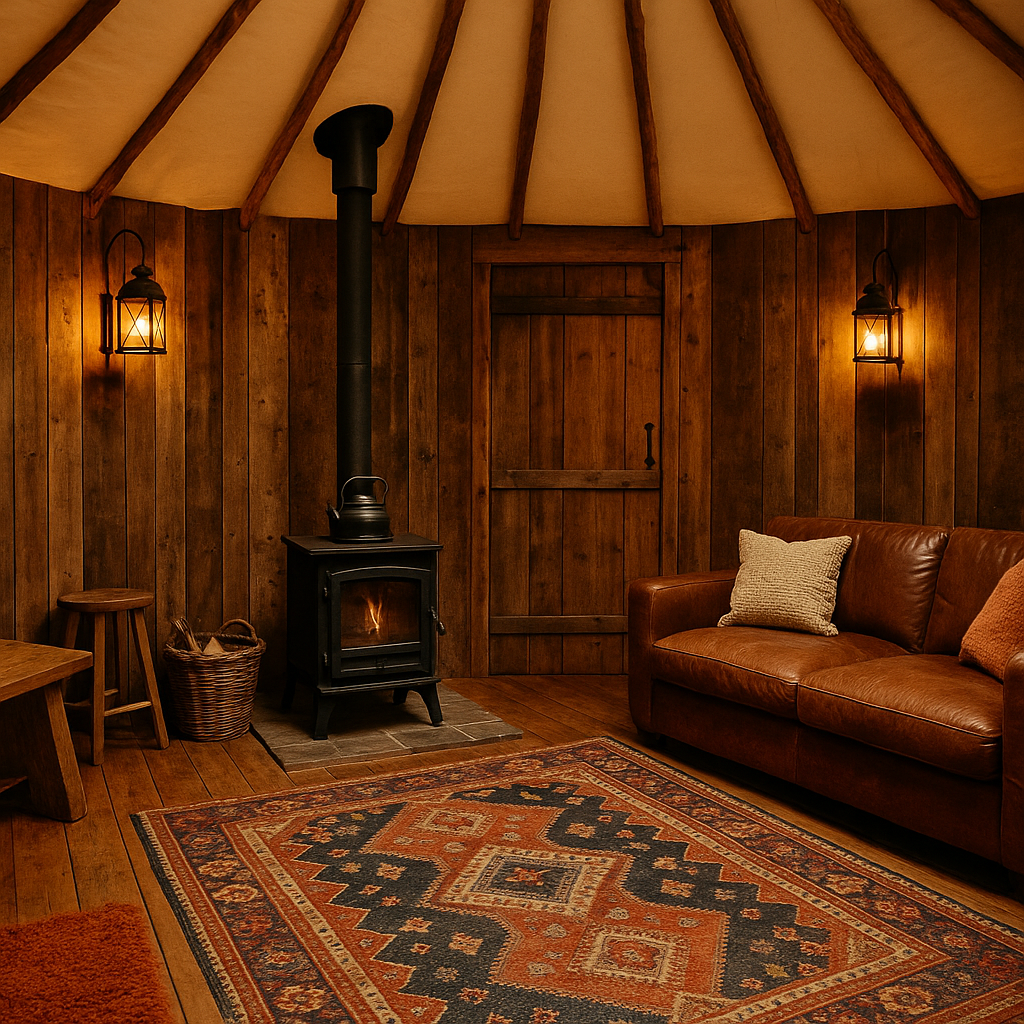
- Minimalist Zen: Bamboo mats, a platform bed, and soft neutral curtains.

- Bohemian Escape: Colorful throw pillows, tapestries, and macramé hangers.
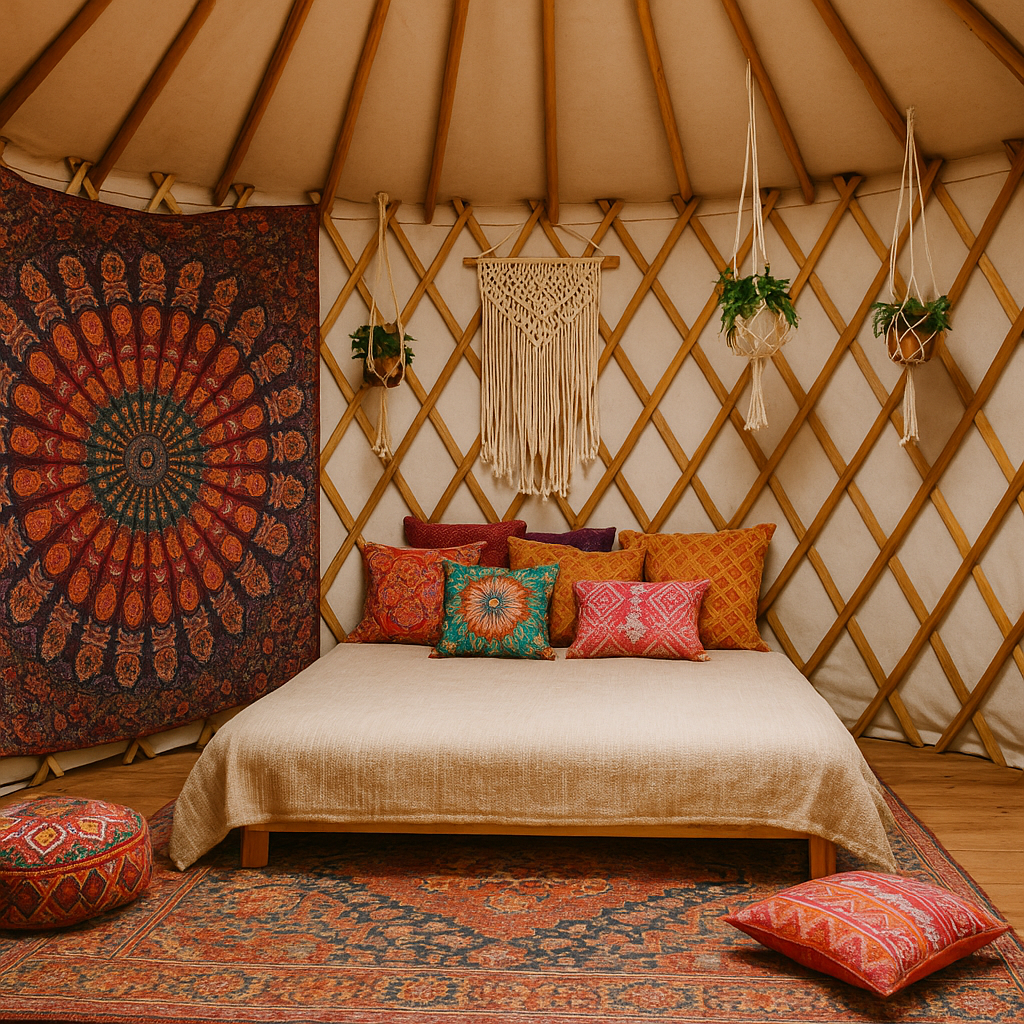
- Off-Grid Living: Include a composting toilet, rainwater barrel, and solar panels.
Lighting can be enhanced with LED lanterns or solar-powered string lights. Mount shelves between rafters to maximize vertical space.
📎 Explore: Creative Plywood Wall Paneling Ideas
💡 Yurt Alternatives
Not quite ready for a full yurt? Here are some other circular shelter ideas:
- Geodesic Domes: Strong, modern, and great for greenhouses.
- Bell Tents: Easier to set up, ideal for short-term glamping.
- Hexayurts: Made from insulated panels, they’re ideal for events or emergency housing.
💸 Sample Budget (16’ Yurt)
| Item | Cost |
|---|---|
| Platform (pallets + plywood) | $500 |
| Lattice + bolts | $400 |
| Rafters + Ring | $450 |
| Insulation + Cover | $1,200 |
| Tools & Fasteners | $300 |
| Total | $2,850 |
🧠 Final Thoughts
Building your yurt is more than a woodworking project—it’s a lifestyle choice. Whether you’re off-grid, building a backyard guest house, or embracing minimalist living, yurts offer a unique combination of history, warmth, and design freedom. With a few tools, some planning, and a bit of patience, you can build a space that feels like home.


